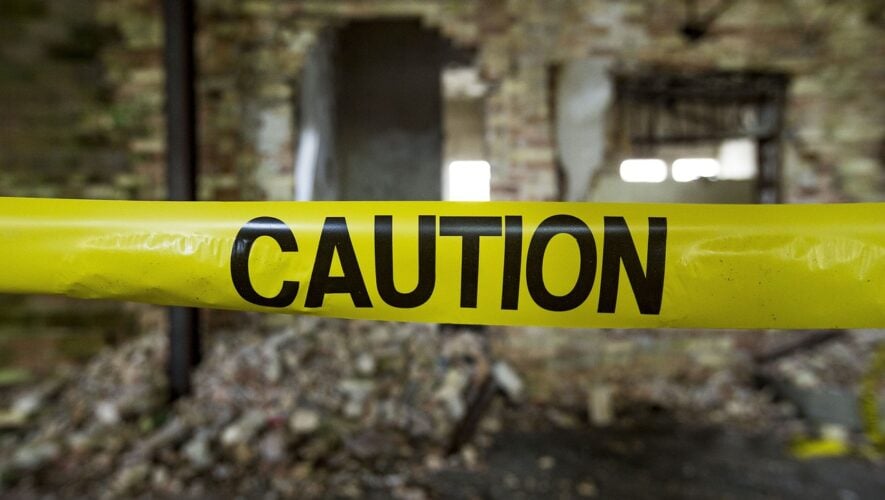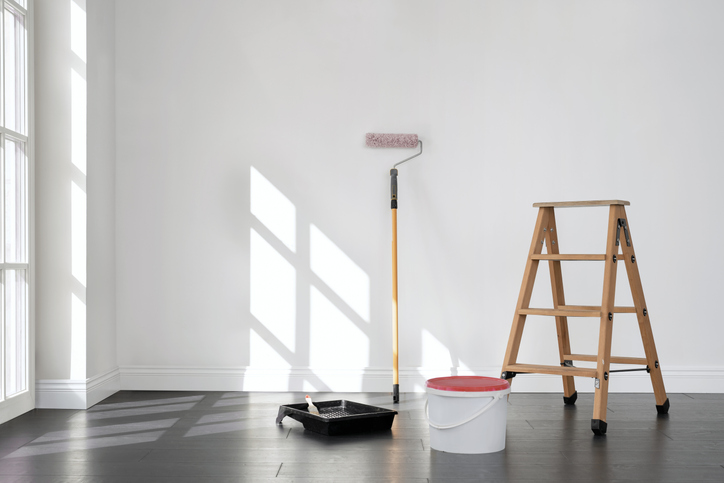The United States Tax Court recently ruled that Edwards Engineering could only deduct $304,640 of the $1,037,237 it claimed under Section 179D for the installation of energy efficient commercial building property (EECBP) it performed at a Veterans Affairs hospital in 2013.
Q: Edwards Engineering is a client of what tax consulting firm, a popular subject at Going Concern due to its ongoing problems across several areas?
A: Oh wait, it’s in the headline.
We can’t directly tie the $732,597 boo-boo to malfeasance by Alliantgroup, but the company did issue a press release claiming that the Tax Court “found that alliantgroup properly applied the law” and proclaiming the ruling a “historic win for taxpayers.” If Alliantgroup is taking credit for the positive outcomes of the case, shouldn’t they get the blame for the bad parts, too?
We’ll leave it for you to decide, but regardless, it’s certainly not a good look to have the Tax Court rule that your tax client went way too far with its tax deductions. As you dive into the details, the look only gets worse, as it appears that the overclaim stems from a misunderstanding of the law, an overly aggressive stance against its ambiguities, or a combination of both.
The case ultimately proves the value of hiring a firm with specific experience and a strong track record of successful client outcomes for §179D deductions.
We caught up with our buddy David Diaz, partner at Walker Reid Strategies, to help us better understand what happened with this case—and what we can learn from it.
Hey, back up! Beep, beep, beep! What is §179D?
Calm down, there’s no need to make Seinfeld references at us. For those of you who aren’t masters of the tax domain, here’s the yada yada yada on IRS Section 179D. Fusili Jerry.
Section 179D of the Internal Revenue Code (IRC) is an engineered-based tax incentive available for the reduction of energy and power costs in commercial buildings. The §179D tax deduction specifically applies to commercial buildings that notably reduce their interior lighting energy costs, as well as their heating, cooling, and building envelope.
“Like most sections of the IRC, §179D is complicated,” Diaz said. “There’s a lot of confusion about who qualifies, and you typically need an advisor like Walker Reid to help certify everything and calculate your deduction.”
What happened in the Edwards Engineering §179D Tax Court case?
Edwards Engineering engaged Alliantgroup to conduct an Energy Efficient Commercial Building Tax Deduction Study for the work it performed in 2012 and 2013 on a Hines VA Medical Center in Illinois. Edwards Engineering then claimed a deduction of $1,037,237 under §179D for the 2013 tax year.
The IRS actually disallowed the deduction entirely by notices of deficiency dated July 12, 2018. The IRS listed several reasons for this, including:
- The property was not installed as part of a plan to achieve energy savings
- The computed energy savings were not derived from the property installed
- The certification and notice to the building owner required by §179D(d)(5) and (6) were deficient
The Tax Court wound up disagreeing with the IRS’s logic, technically ruling in favor of Edwards Engineering. This is the “victory” claimed by Alliantgroup in its press release. But the Tax Court also determined that Edwards had claimed far more than it should have, to the tune of over $700,000.
How did Edwards Engineering overstate its §179D deduction?
This bit gets complicated, but basically, Edwards Engineering used the square footage of the entire building in its deduction calculation, based on the position that costs of prior projects not performed by Edwards Engineering were also considered part of the EECBP costs. The max deduction in 2013 under §179D was $1.80 per square foot, so their logic looked like this:
$1.80/sq. ft. x 596,243 sq. ft. = $1,073,237 deduction
“I think this represents an aggressive stance on §179D, which put Edwards Engineering at risk of IRS penalties, tax repayment, and operational disruption,” Diaz said. “When dealing with complex tax code sections like §179D, you need a partner that balances maximizing incentives for clients and strictly adhering to the reasonable interpretation of tax law.”
The Tax Court ruled that Edwards Engineering could not deduct more than $304,640, which was the cost of EECBP placed in service during the 2013 tax year at Hines VA.
What can we learn from Edwards Engineering’s §179D overclaim?
At Going Concern, we learned about the karmic consequences of regularly taking pleasure in the misfortune of others when, just before completing this article, we received a letter from the cockroaches that live in our office basement declaring their intent to unionize.
As for the lessons tax professionals and anyone looking into §179D write-offs should learn, we’ll leave that to our resident expert, Mr. Diaz.
“Everyone wants the biggest possible deduction, but if the positions being taken create undue risk for your company, you’re doing far more harm than good,” Diaz said. “This case highlights the importance of engaging with reputable and knowledgeable firms, such as Walker Reid, to avoid the consequences of taking an overly aggressive stance on §179D or any section of the tax code.”
Diaz went on to tell us how the case also helped resolve three previously unclear areas in the interpretation of §179D. We nodded and pretended to understand as we wrote down his words verbatim, which we will now shamelessly present to you as our own:
The Edwards Engineering case helped clarify these uncertainties surrounding §179D:

All told, the case spells more bad news for the increasingly beleaguered Alliantgroup. It also illustrates a key principle of the legal system that we at Going Concern try to live by: Test cases are essential to interpreting and understanding the law…but, if possible, always let someone else be the test case.
David Diaz is a partner at Walker Reid Strategies, a licensed engineering firm specializing in §179D studies and §45L certifications, and is an expert in energy efficiency and tax services. You can find more information about him and his insights at www.walkerreid.com and through webinars. You can also reach him at ddiaz@walkerreid.com for more details.




